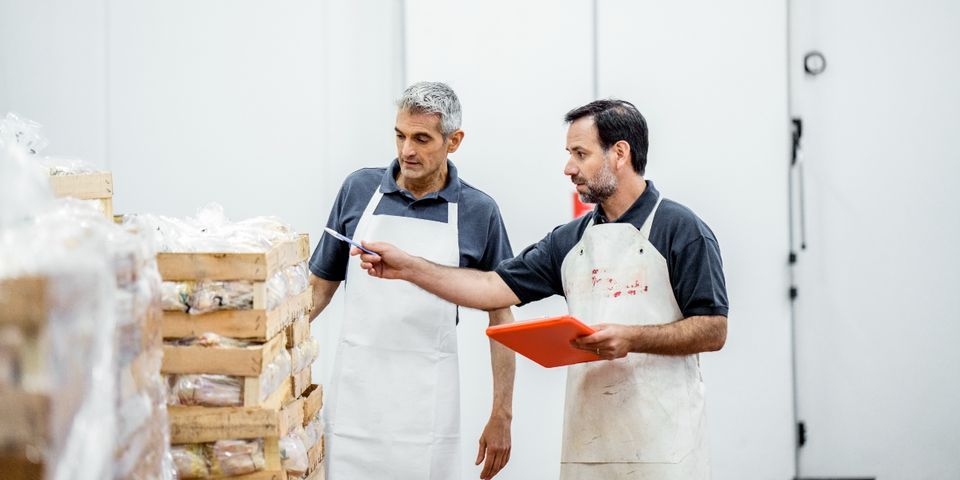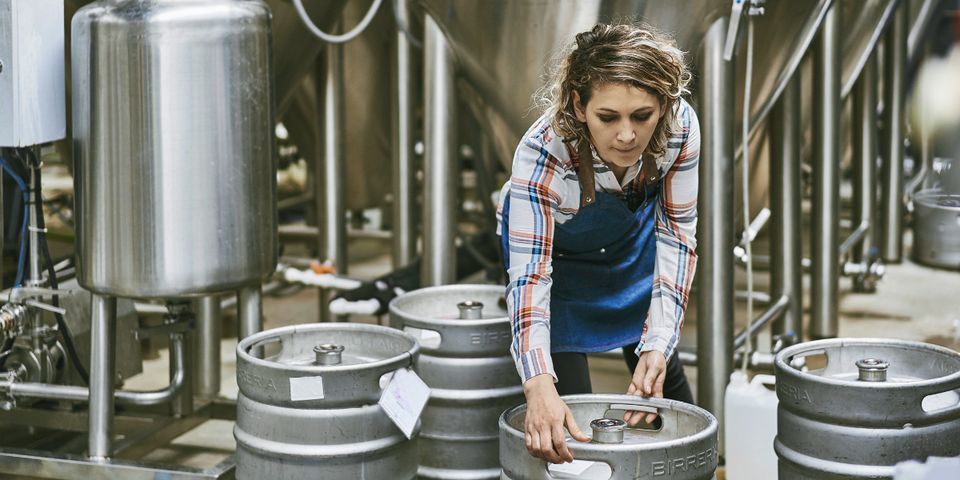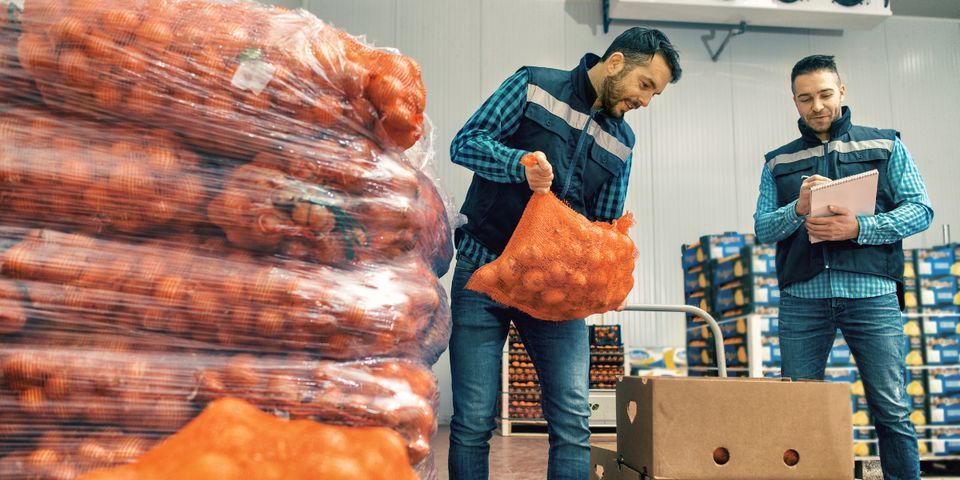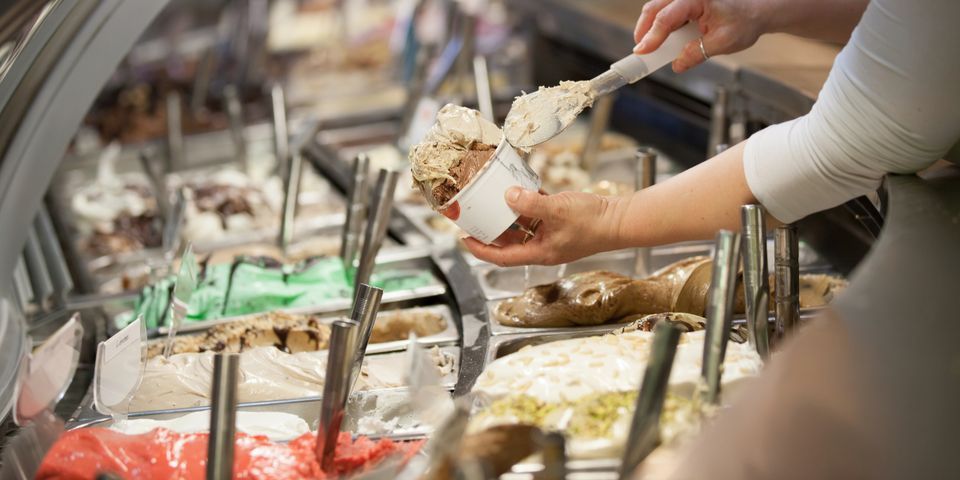Our Facility
16,000 +/- sq. ft. total space
14,000 +/- sq. ft. freezer space (~10°/-12°C)
1,000 +/- sq. ft. cooler space (~40°/4°C)
500 +/- sq. ft. dry space 29’ ceiling height
Two (2) dock high doors
Registered to receive USDA inspections
Our Services
We provide integrated warehouse solutions to the frozen food industry. Our services include:
- Primary storage
- Order fulfillment (case picking)
- Cross docking
- Returns handling and repackaging
Public Cold Storage Facility in Miami-Dade, Florida
Located in close proximity to major highways.
Easy access to I-75, I-95, Gratigny Expressway (SR 924), and Palmetto Expressway (SR 826).
Within 30 minute drive to Miami International Airport.

About Us
Florida is hot, so we have a place for you! At EuroFreezer Cold Storage, we provide you with affordable refrigerated storage options for your perishable items. Whether you are a small or large corporation in the food industry or a brokerage firm looking for a place to store products for a limited amount of time, our facility caters to organizations of all sizes.
Our state-of-the-art, FDA-registered, 16,000-square-foot warehouse storage facility is built with energy-efficient equipment to provide our clients with a competitive advantage and allow us to do our part in helping the environment. We operate as a public commercial storage facility with three different temperature-controlled areas: freezer space with a capacity for up to 1,000 pallet positions, cooler, and dry storage. We are also a registered facility authorized to receive USDA inspections.
Our price structure is simple and easy to understand. When you store your products at our cold storage, you pay a per pallet per month rate that includes unloading and case picking of up to 5 SKUs per order. Since rent space is available by pallet, you will never be charged for more than you use. We also provide other ancillary services such as palletizing floor cargo, cross-docking, repackaging, and more. With an increasing demand for perishable goods, it’s vital to find the proper place to store them.
If you’re in the food service industry and looking for a temperature-controlled environment to store your goods, EuroFreezer Cold Storage in Miami-Dade County, FL, provides the perfect warehouse storage solution for you. Contact us today to reserve your space!
Rent Space by Pallet Position & Pay Only for What You Use
No Minimum Space Required
Month-by-Month Rent Starting With 1 Pallet Position
TEMPERATURE CONTROLLED
A temperature-controlled environment ensures your food will not spoil. Whether you use one storage option or all three, your food items will consistently stay at the proper temperature, which will extend their shelf life.
FLEXIBLE SERVICES
At EuroFreezer, we understand that each customer is unique and has different needs. That is why we offer a wide variety of services and flexible business hours to accommodate the needs of the most demanding businesses.
WHAT MAKES US UNIQUE
Our storage rates are designed to meet our customers’ needs. Rent is based on the number of occupied pallet positions, and you will only be charged for the space you use. Our monthly fee also includes case picking of up to 5 SKUs per order.





Contact Us
Your Products Will Stay Cool in Our Warehouse!
Don’t let your perishable food items spoil because you don’t have the space to keep them stored at the proper temperature. Let us help you out. Call EuroFreezer Cold Storage at (305) 392-5555 to ask us about our rates or to reserve your spot in our warehouse storage facility today.
Business Hours
Mon – Fri 9:00 am - 4:00 pm
Sat – Sun Closed
*After hours services available for a fee.

